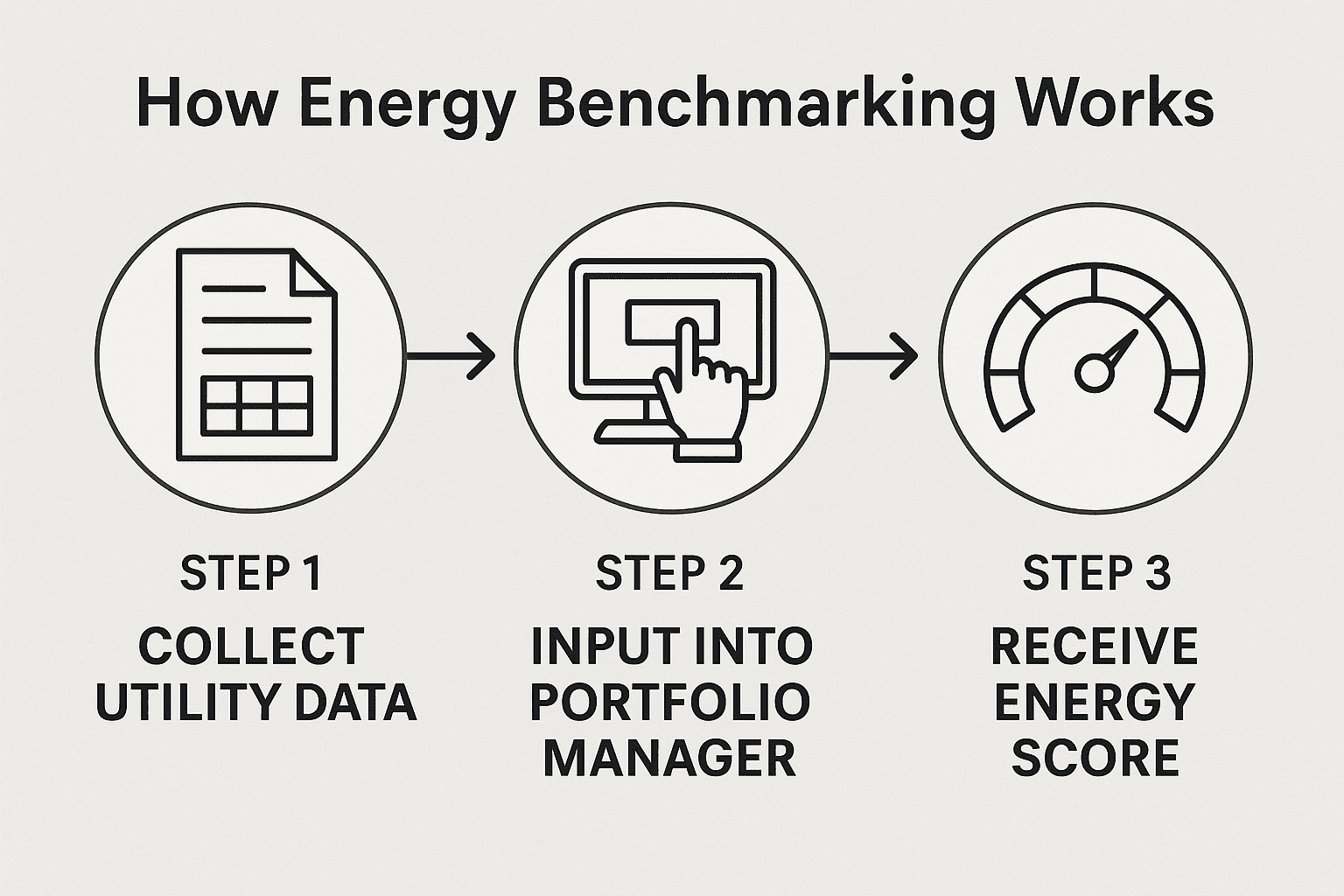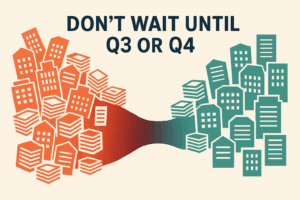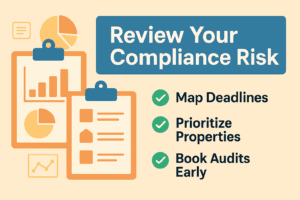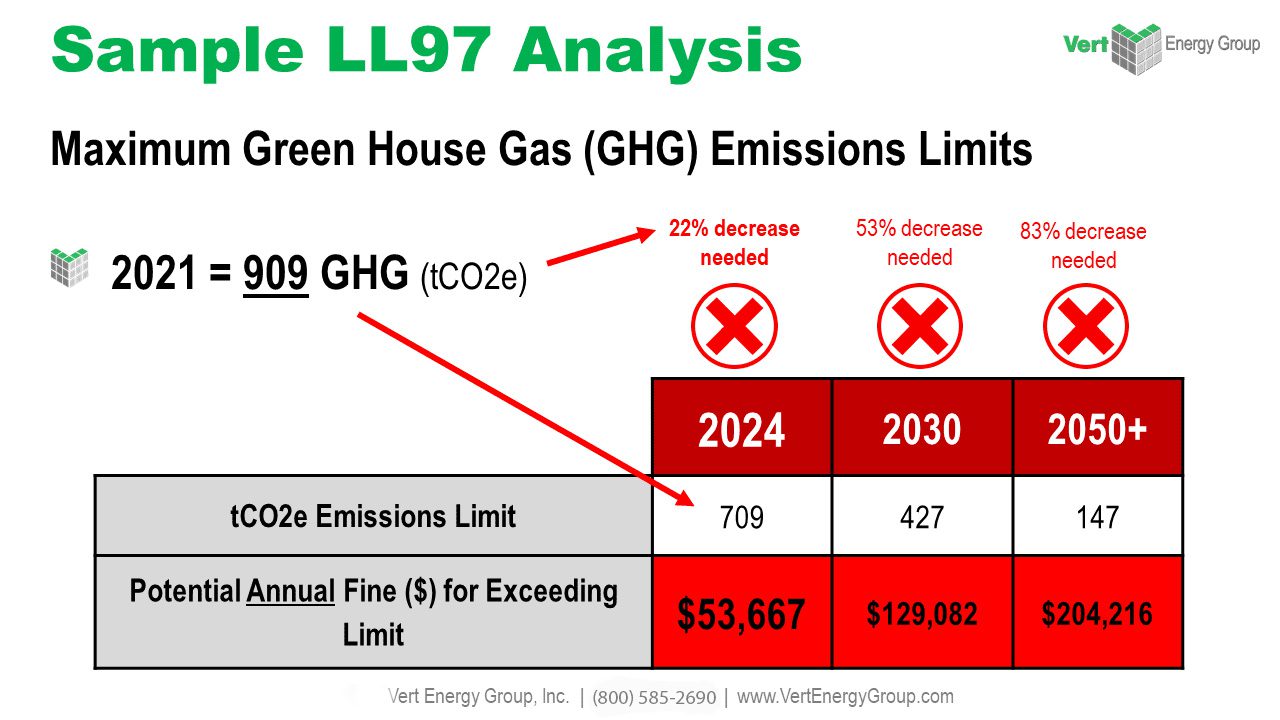Benchmarking 101: What It Is & Why It Matters
What Is Building Benchmarking?
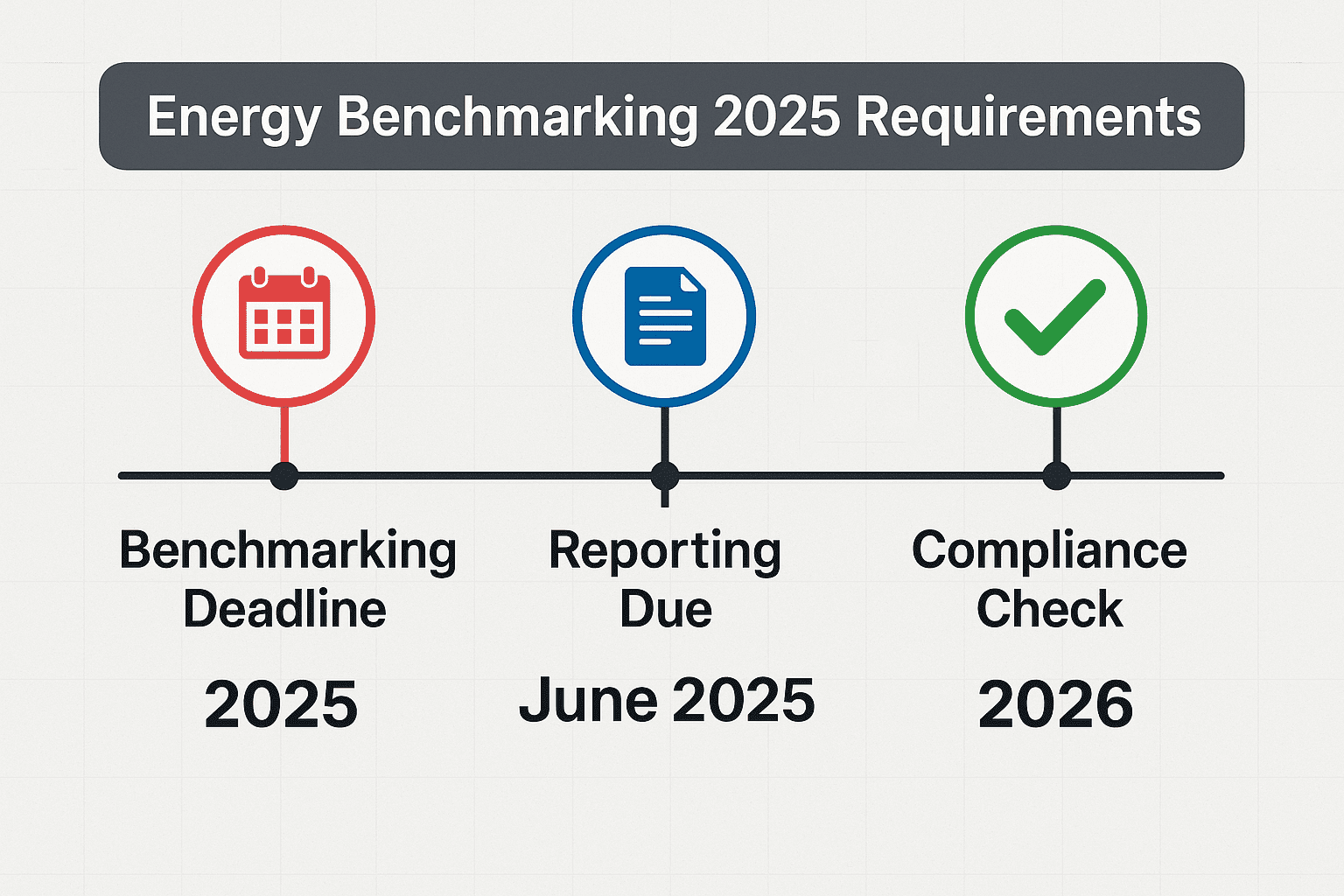
Building benchmarking is the process of tracking your energy use and comparing it to similar buildings. Most owners use ENERGY STAR Portfolio Manager to upload data and generate reports. Cities and states are now requiring this step as part of commercial energy reporting laws. Benchmarking helps leaders see how much energy their buildings use, and how they stack up against others. Once you know your numbers, you can take action to improve efficiency.
This brings us to why benchmarking matters.
Why Benchmarking Matters For Property Owners
Benchmarking saves money and lowers your property’s energy risks. How? By tracking energy, you spot problems faster, from wasteful equipment to high utility bills. Properties that benchmark often improve their value, because buyers and tenants look for efficient, low-cost buildings.
Many local laws also have penalties for failing to report. With energy benchmarking 2025 deadlines approaching, staying ahead is key. Knowing why benchmarking matters sets the stage for learning how it works.
How Energy Benchmarking Works For Commercial Buildings
The benchmarking process is simple but requires attention to detail.
First, you collect utility data and enter it into Portfolio Manager.
Second, the system compares your building to others of similar size and use.
Finally, you receive a score showing performance. A higher score means better efficiency.
Benchmarking compliance rules require annual reporting. Understanding how it works helps you use the data to improve performance.
How To Use Energy Data To Improve Building Performance
Benchmarking reports give property owners a clear insight into how their property is performing. A poor score may reveal outdated equipment, while a strong score confirms smart energy practices. With the right data, you can prioritize upgrades that reduce costs and improve comfort for tenants.
Benchmarking also helps you qualify for green certifications or incentive programs. In short, the data becomes a roadmap for decisions. Once you understand how to use it, you’re ready to look ahead to future requirements.
Preparing For Energy Benchmarking 2025 Requirements
Many U.S. cities are increasing enforcement for benchmarking compliance rules, and some states will expand programs in 2025 and beyond. Owners need to be ready for commercial energy reporting laws tied to climate goals.
Missing deadlines can mean fines. Starting early ensures smooth reporting. Whether you own one property or many, planning now gives you time to gather data and avoid mistakes. Preparing today positions you to succeed tomorrow, and now it’s time to take your first step.
Take Action On Benchmarking Today
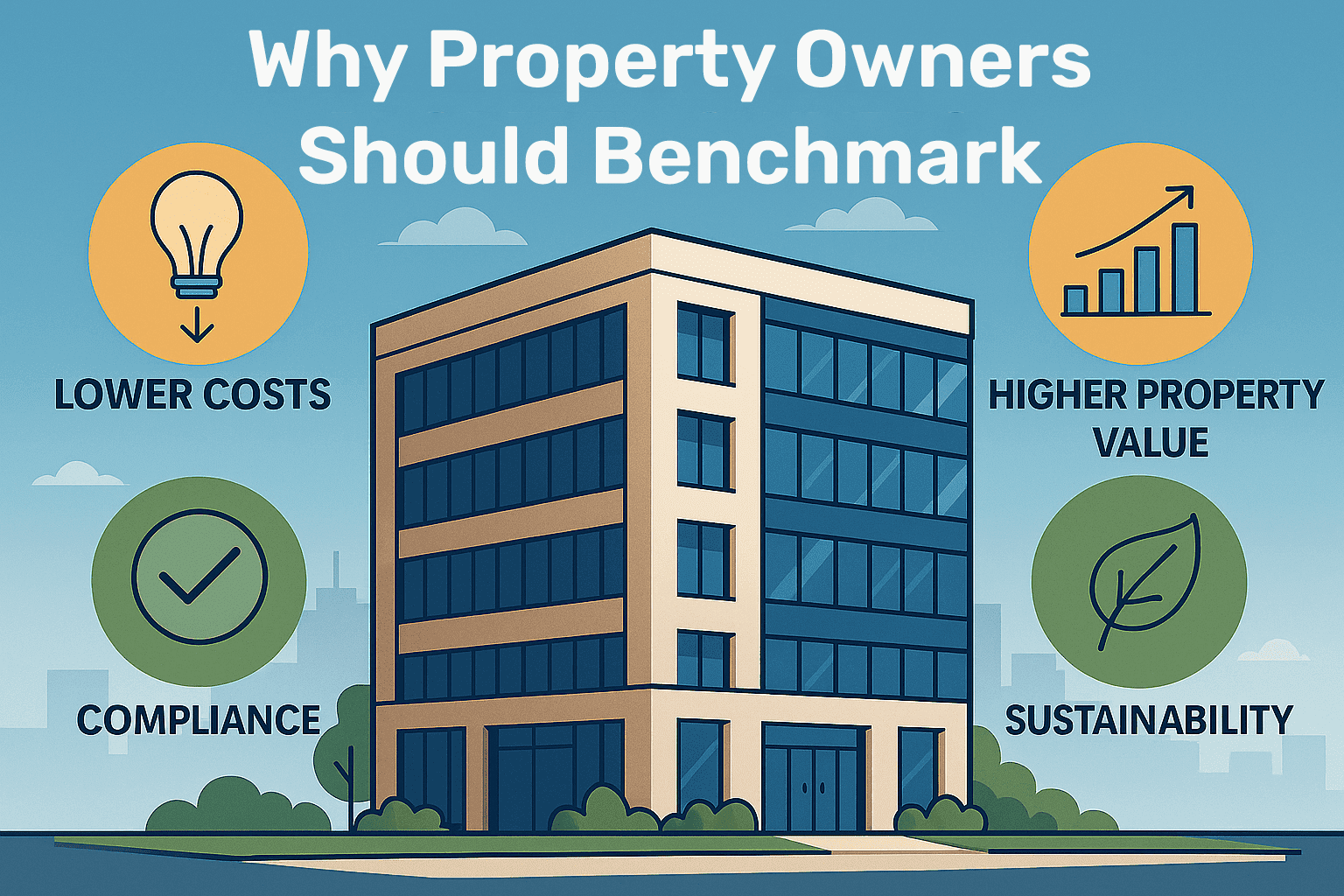
Benchmarking is the foundation of smarter energy management. It tells you where you stand, highlights areas for savings, and keeps you compliant with fast-changing laws. The sooner you begin, the easier compliance becomes.
FAQ: Benchmarking Basics
Q: What is building benchmarking?
A: Benchmarking means tracking your building’s energy use and comparing it to similar properties through tools like ENERGY STAR Portfolio Manager.
Q: Why benchmarking matters for property owners?
A: It reduces costs, improves building value, and keeps owners in compliance with energy laws.
Q: How energy benchmarking works for commercial buildings?
A: Owners gather utility data, upload it into Portfolio Manager, and receive a performance score.
Q: What happens if I don’t comply with benchmarking laws?
A: Penalties vary by city and state, but fines and lost opportunities for incentives are common.
Ready to benchmark? We’ll help you get it right the first time.


